Lucy In The Sky With Diamonds – The Euphoric Effects Of Carbon-Based Drivers

Reading time: approx 10 minutes]

With recent introduction of Diamond-Like Carbon (DLC) and Carbon Nanotube (CNT) coatings to earphones and in-ear monitors, such as Campfire Audio Solaris, Moondrop KXXS, Tanchjim Oxygen, iBasso IT01S and BLON BL-03, etc, we are witnessing an on-going “carbon war” to capture consumers’ attention. So, what is carbon-coated transducer? Let me walk you through this art and science.

Today, many earphones manufacturers promote their products equipped with carbon-coated transducers, some claiming the use of proprietary “black magic” drivers as a core selling point. So what is the impact of carbon-coated drivers on the sound?

First of all… what is a transducer?

If you can remember your high school physics lessons, you probably vaguely recall how a moving-coil loudspeaker works. An earphone driver shares the same working principles as a loudspeaker. The structure may be different but operation-wise, both are identical. Both need to input an analog signal. Electrical signal passes through a magnet to drive a coil, which in turn vibrate the diaphragm to produce sound.

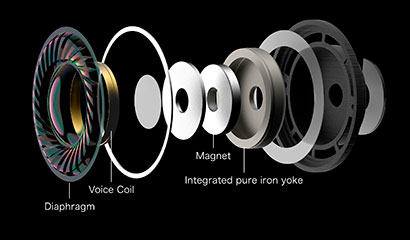

What is a good diaphragm?

Before we look at materials, let’s understand how a diaphragm directly affects the sound. An ideal earphone diaphragm should have relatively low mass and good rigidity. In addition, it must have good damping properties to absorb the unnecessary flutter generated by the diaphragm during vibration.

Unfortunately, low mass and rigid do not always occur simultaneously. Earphones manufacturers and designers have to take into account these two requirements as much as possible. Manufacturers will start with two ideas: the mechanical design of the diaphragm and material properties of the diaphragm.

Many diaphragms are reinforced with “ribs” around the circumference to increase its rigidity. Different rib design and shape of the dome affect sound. Development of high-performance transducers require a lot of testing, mathematical models, assembly pairing, etc, which inevitably increases the cost of the driver.



The current development in moving coil transducer technology has entered a bottleneck that forces manufacturers to experiment with various materials. Different material gives different performances and sound signatures. Materials range from plant-base pulps, animal skins, polymers, alloys to composites. For example, earlier versions of Apple EarPods adopted wool-infused paper cone and polymer composite diaphragm. Generally, paper diaphragm offers low cost options and gives reasonable midrange to low frequency responses. However its disadvantages in rigidity and weight, which limits its performance, also means that paper is rarely used in higher tier earphone models. Today, the most common diaphragm material is polyethylene terephthalate (PET), a kind of polymer film.
With the advancement in material sciences and production methodology, medium and high-end earphones often use composite diaphragms. Such diaphragms usually consist of at least with two materials. For example, PET for low frequency rumble and titanium for high frequency transient and detail. In some cases, the diaphragm is made entirely of alloy. Such is known as “metal diaphragm”. Examples are titanium and beryllium, which have excellent weight to strength ratio but are costly. Besides titanium and beryllium, carbon materials such as graphene, CNT and DLC has gradually emerged. Such materials have a much higher stiffness than metal. For example, DLC has a Young’s modulus 1050 GPa compared to 287 GPa for beryllium.

Come, Meet the “Carbon Family”… Due to the “deformable” nature of carbon atoms, different substances will be formed under different atomic structures, such as graphene, CNT and DLC – all of which are allotropes of carbon (structurally different forms of the same element).

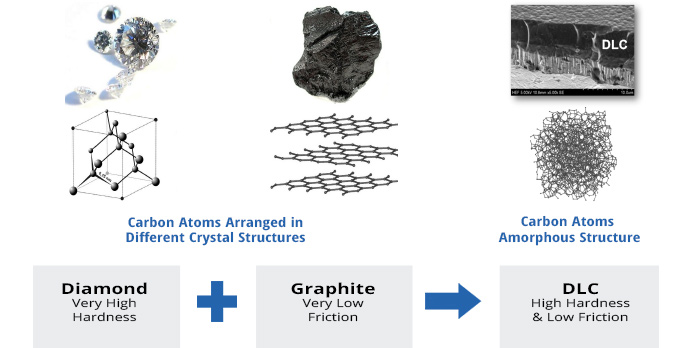

Invented in the early 1970s, Diamond-Like Carbon, or DLC, is a hydrogen-containing amorphous carbon material. Its atomic structure is between H (hydrogen atom) and SP3 (diamond). As the name suggests, its properties are similar to natural diamonds, which includes extreme hardness, high corrosion and wear resistant, and very low friction.

The ultra-low mass of DLC-coated diaphragm achieves a perfect balance between acoustic velocity and internal resistance. Its high sensitivity gives excellent transient response for precise sound reproduction. Transducers using DLC-coated diaphragm are characterised by distinctively clear tonality that is crisp and transparent, especially in the midrange and treble regions. Details clearly defined. Bass transients and attacks are fast and precise. Distortion is vastly minimised.

Compared to other member of the “Carbon Family”, DLC is more difficult to process. The traditional approach requires a high temperature, high pressure environment, which resulted in very high energy consumption. Fortunately, the production of DLC has gone “green” in recent years. Companies such as DB Digital Technology Co., Ltd in Dongguan (parent company of BLON) uses low-energy production methods and much simplified manufacturing procedures, production capacity of DLC has improved by 3~4 times. More importantly, the reliability of DLC-coated diaphragm has improved as well. In addition to their BLON line of earphones, DB Digital Technology has been supplying DLC-coated transducers to several domestic and international earphone manufacturers under various brand names.

With decreasing production costs and increasing quality, DLC has become the ideal coating material for earphones manufacturers in the last decade. This “wonder” material has even captured the attention of Grammy award-winning recording engineer/music producer Luca Bignardi, who set the tone for some of the earlier DLC-coated earphones. Therefore good material still has to couple with good tuning to produce exceptional sound in earphones.

In the past two months, Jürgen and I have been working closely with KBEAR and BLON to co-tune two highly-anticipated earphone models – one uses DLC-coated driver, another based on CNT-coated driver. Both earphones are tuned to suit “western ears”. So far, we are progressing well with early-betas sounded extremely promising. We hope to bring music artistry to the next level, offering fellow audiophiles the best possible audio experience and enjoyment by adopting this truly advanced driver technology – thus fulfilling the perfect marriage of art and science.

You find an INDEX of our most relevant technical articles HERE.



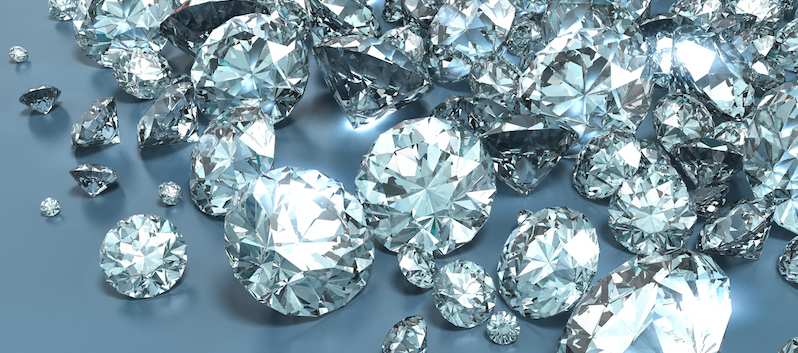

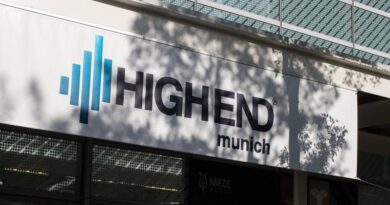
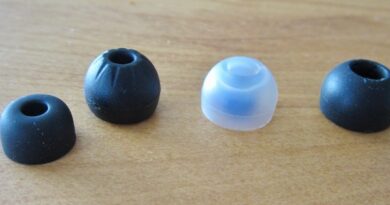

lol, Kopi is a $$$ special kind of coffee, raw beans passed thru digestive system. @Jürgen “If he was in education that would be news to me.” I see nothing in the bio for Kopi that specifies “audio engineer”, former teacher= education, engineer no. re:’discovery thread’ posts. (at least AxeliCloris can’t delete this comment!). Carbon this, carbon that…beryllium this, beryllium that; now, how can we get a AMT driver in an IEM, for a $1,000 less than oBravo’s solution, easy to drive from an LG V40 also, please. After that, I want AMT true wireless LDAC earphones, can’t be that difficult, just need quick charging + Turbo modes for best sound/shortest runtimes.
I didn't read Kopi's bio. Who is Axelcloris?AxelCloris the mad Irishman who likes fast cars and lift weights.
I don’t quite understand your comment…
By the way, the term “kopi” is a generic name for coffee in this part of the world where I am from. The special kind of coffee you mentioned is known as Kopi Luwak. This kind of coffee is commonly available in Vietnam and Indonesia, not Singapore. Here, we drink a different kind of coffee known as charcoal-roasted Nanyang coffee.
As for my credentials, I have already PM’ed you on Head-Fi. If you have any more questions, feel free to contact me at larryfoo@gmail.com.
Hi, Thanks for good article.
Do you know of any speaker drivers which is carbon based?
Thanks
Sorry, I don’t!
Bowers uses carbon in some of their cones.